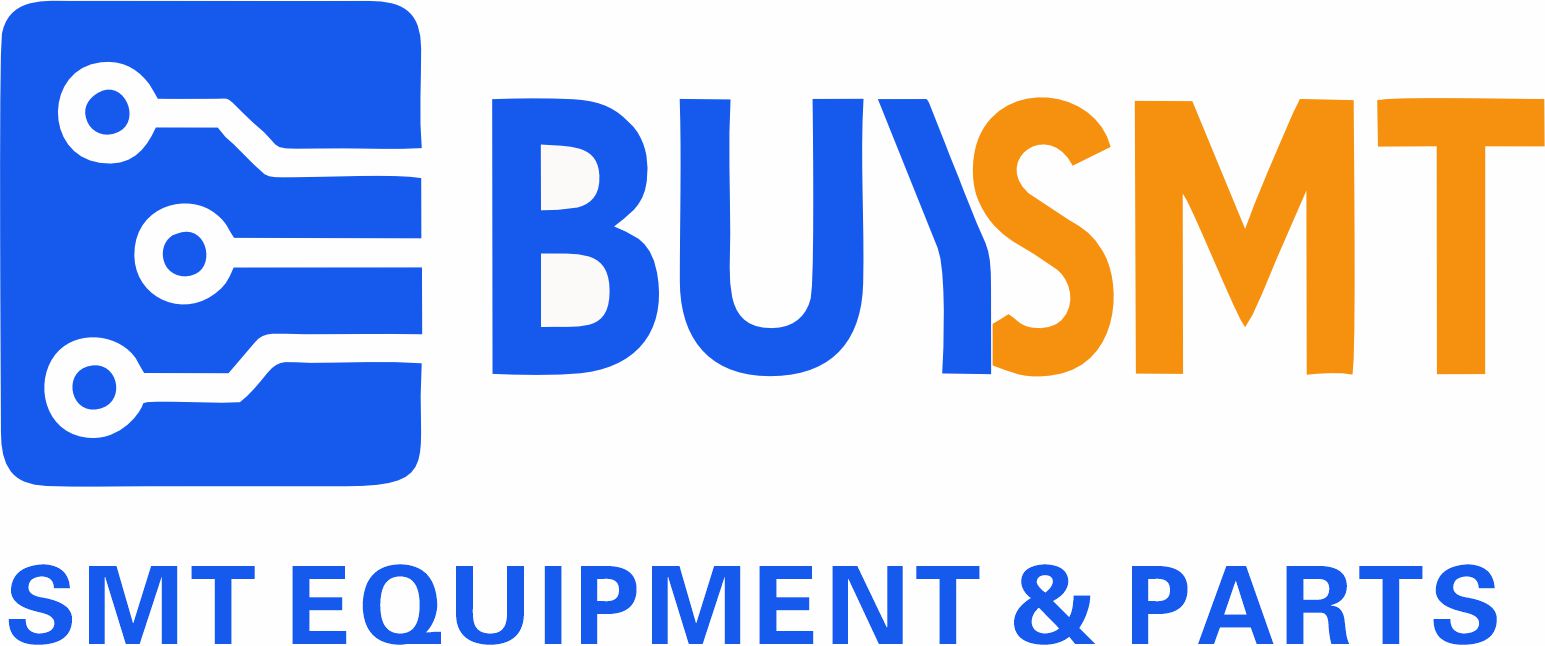When a PCB (Printed Circuit Board) fails, it’s critical to adopt a systematic approach to identify and resolve the issue efficiently. Below is a professional troubleshooting checklist tailored for SMT (Surface Mount Technology) production environments and electronic engineers.
1. Check Power Supply
Start by verifying the power supply voltage. Use a multimeter to measure the voltage between VCC and GND. For most microcontroller-based systems, this should typically be 5V or 3.3V depending on your design.
- If there is no voltage or the voltage is abnormal, the fault is likely with the power supply circuit or related protection components such as diodes or voltage regulators.
- Explore Power Management Components on BUYSMT
2. Verify the Microcontroller’s Basic Circuit
Next, examine the minimum system of the main microcontroller:
- Confirm that the main chip is receiving the correct voltage (e.g., 5V or 3.3V).
- Attempt to flash a test program using the programmer/debugger.
- If the MCU cannot be programmed or doesn’t respond, isolate it from the circuit and test it independently.
3. Inspect Logic ICs and Functional Blocks
For other digital ICs or logic components:
- Check whether their behavior aligns with their truth tables in the datasheets.
- Use an oscilloscope or logic analyzer to observe the logic levels on the input/output pins.
- Remove or replace suspected chips and test each function block in isolation.
- You can refer to common IC replacements and parts on this page.
4. Pay Attention to Voltage Ratings – A Critical Note!
This is often overlooked but extremely important:
- Refer to the datasheets of all onboard ICs and passive components to confirm their maximum voltage ratings.
- Exceeding rated voltage can lead to permanent damage. For example, applying 12V to a 5V-rated chip can instantly destroy it.
- Always verify the regulators, LDOs, and DC-DC converters first.
- Isolate and test power to the main controller, then gradually reconnect and validate peripherals one by one.
5. Use the Development Board Method
If in doubt, remove the main controller IC and test it on a standard development board:
- Upload a basic test program to confirm whether the IC is still functional.
- If it works on the dev board but not on your PCB, the issue lies in the peripheral circuit or PCB layout.
- Replace crystal oscillators, pull-up resistors, capacitors, and reset circuits as necessary.
- This method is especially helpful for troubleshooting custom-built control boards.
6. Summary: Diagnose Methodically
A structured debugging process is essential:
- Start with power supply verification.
- Proceed to main chip isolation and functionality.
- Check logic chips and supporting circuitry.
- Confirm component voltage tolerances.
- Use development boards for chip validation.
- Reassemble and test the circuit step by step.
Sometimes, a tiny capacitor or incorrect resistor value can cause hours of confusion. Systematic diagnosis ensures you can narrow down the fault and resolve the issue effectively.
For high-quality second-hand SMT machines, parts, and components for your PCB assembly line, visit www.buysmt.com, your global SMT solution provider.

